The reason why steel structure can give the residence a service life of 100 years or even longer is that its advantages are significant and multi-faceted.
Structural Materials:
Primarily thin-walled steel is used, such as C-beams and Z-beams, which are often galvanized or coated to prevent rust and increase durability.
In addition to steel, construction can also include other materials such as insulation, insulating materials, facade materials, etc. to meet the various functional and performance requirements of the building.
Components and Connections:
Components are typically prefabricated in a factory to ensure accuracy and quality control. These components can include columns, beams, walls, roof framing, etc.
Connections are usually made through bolting, threaded joints, welding, etc. to construct the overall framework of the building.
Areas of Application:
Widely used in a variety of building types, including homes, commercial buildings, schools, hospitals, warehouses, factories and offices. Due to its lightweight, high-strength and easy-to-process characteristics, lightweight steel construction is particularly suitable for multi-story buildings and large-span structures, such as high-rise residential buildings, hotels and commercial towers.
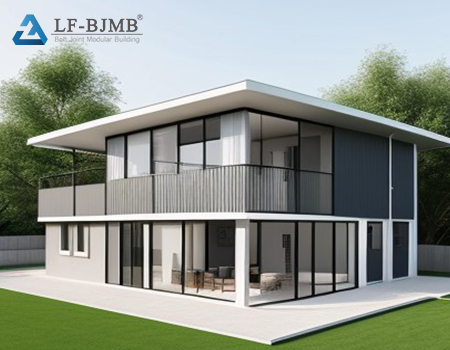
Advantages:
Rapid construction: the components are prefabricated in the factory, so they can be quickly delivered to the site and assembled, thus shortening the construction time.
Lightweight: Compared to conventional concrete and masonry structures, cold-formed thin-walled steel structures are lighter, reducing foundation loads and helping to build in areas with limited foundation conditions.
Seismic performance: Lightweight steel structures have excellent seismic performance, providing greater safety in the event of an earthquake.
Sustainability: The prefabricated and modular approach of cold-formed thin-walled steel structures reduces waste, helping to minimize the consumption of resources and providing greater building energy efficiency.
Design Flexibility:
Cold-formed thin-walled steel structures allow designers to realize diverse architectural styles and layouts, providing greater design freedom. Buildings can be easily extended and modified to suit different uses and needs.



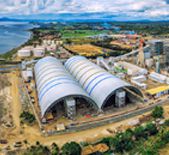
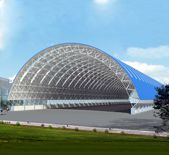
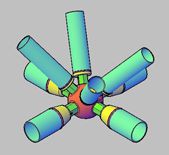
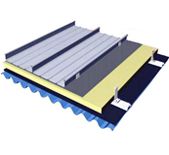
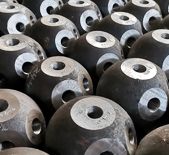



 About Us
About Us 2025-01-08
2025-01-08


